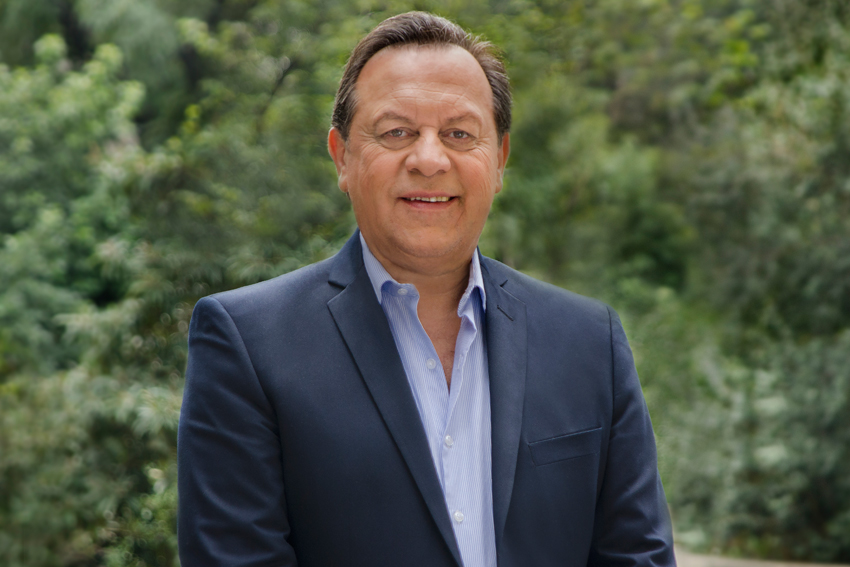Argentina has an undeniably heady mix of natural and cultural wonders to enrapture and inspire tourists, yet in recent years it has lagged behind other South American countries in growing its tourism sector; however, it’s a situation that is under change.

Argentina’s government has ambitious goals in its sights for its tourism sector with its National Tourism Plan 2016-2019. According to Tourism Minister Gustavo Santos, in just four years it aims to boost international tourist arrivals by 50%, and their spending by a massive 90%. In 2015, 5.7 million international visitors spent $4.2 billion, and the target now is to see 9 million tourists spending $8 billion in 2019.
Its objectives for the domestic market are equally determined, with plans to raise domestic tourism figures from 47.7 million Argentine tourists spending $7.2 billion in 2015 to 70 million nationals spending $11.3 billion on vacations in their homeland.
In addition, hitting these targets will raise tourism employment by 28% by generating “300,000 new job positions during the four years across the whole value chain of the touristic industry, innovating, applying new technologies, endorsing entrepreneurs and promoting the training and quality in every Argentinian destination,” affirms Mr Santos.
So how is the government planning on achieving such high ambitions? For a start, by making it easier to get to Argentina, with revised visa requirements and better airline connectivity (building on flag carrier Aerolíneas Argentinas’ membership of the SkyTeam alliance), as well as bringing in financial incentives and bolstering its already huge and diversified tourism product.
Argentina welcomed 30,000 Chinese visitors in 2015 and would like to see the figure increase five to 10 times in the medium term. China had 120 million outbound tourists in 2015 who spent $104.5 billion abroad, increases of 12% and 16.7% compared with the previous year. Furthermore, the World Tourism Organization has predicted that China will become the largest travel destination and the fourth largest source country of tourists by 2020.
Understandably, Argentina is looking to strengthen its tourism relations with China by encouraging greater mutual discovery and understanding. In July, it made it easier for Chinese tourists to visit Argentina, announcing that those with existing visas for trips to the US or the European Union could now enter Argentina by simply completing an electronic travel form online.
It has also proposed a similar reciprocity of visas to Brazil and Chile, so that if a Chinese tourist obtains a Brazilian or Chilean visa, it will be recognized in Argentina and no other visa will be required.
So where else is the government hoping to encourage greater inflows of visitors from abroad? Priority markets account for 60% of its commercial strategy, which include Brazil, Spain, Italy, Mexico, Chile and Uruguay. Identified strategic markets, for example Germany, France, the UK, Holland, Canada, Peru, Paraguay, Bolivia, Ecuador and Colombia, account for 30%. Mr Santos says they will then allocate 10% of their resources to raising Argentina’s appeal in potential markets such as China, India, Japan, Australia, New Zealand, Russia, Eastern Europe, Venezuela and Central America.
In an effort to attract more visitors from around the world and boost tourist businesses, Argentine President Mauricio Macri recently inked an executive order that will enable foreign tourists to receive a refund of the value-added tax, or VAT, paid on hotel services using debit or credit cards issued overseas.
VAT refunds for foreigners had already been in place since 2001, but they only covered purchases of goods. Now, they have been extended to hospitality services. Refunding VAT payments will increase the country’s appeal to foreign visitors, thereby increasing the flow of hard currency that will benefit tourism-related businesses and generate employment.
Once foreign visitors arrive in Argentina, Mr Santos’ focus will be to not only develop trademark destinations, but to concentrate on new ones, coupled with his fellow ministers’ efforts in their respective sectors. The Argentine government has launched a logistic plan to develop the tourist destinations in all four northeast provinces—Misiones, Chaco, Formosa, and Corrientes—into an eco-tourism corridor to cater to new markets and tastes.
Signing the order at the Casa Rosada presidential palace during a World Tourism Day event in September, Mr Macri called on both the public and private sectors to work together to boost the sector, highlighting: “It is important to take advantage of the enormous opportunities opening up in our relationship with the world.”
0 COMMENTS